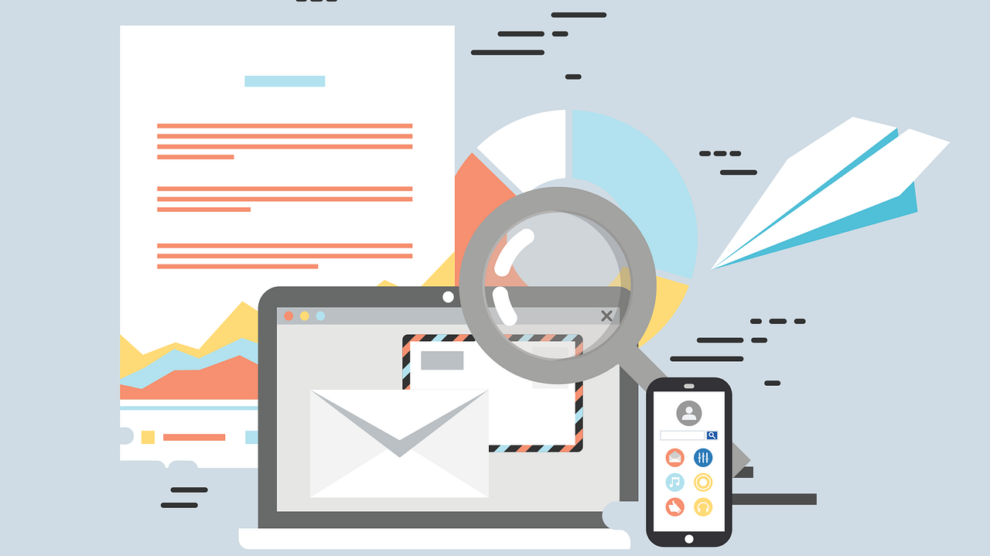Are you looking for ways to create a newsletter that will generate the highest possible amount of traffic for your website? Email marketing is not always easy, especially today. Most of the content people receive from businesses is deemed spam. With that in mind, we’re going to give you some tips on coming up with the most efficient newsletter!
The Subject Line
Bear in mind that any campaign that hinges on email marketing is hugely dependent on how good your subject line is. In fact, studies show that almost half of all people only open emails judging by their response to the subject line. And the same goes for spam reporting. Almost 70% of people report emails with obviously promotional subject lines as spam.
If you want to create a newsletter that will boost clicks and aid you in digital marketing, there are a couple of things that you’ll need to keep in mind. First of all, your newsletter subject lines should be as mobile friendly as possible. These days, people use mobile devices for messaging more than their desktop devices — the same is true for opening emails.
There are tools you can use to ensure that the preheader and subject line are displayed properly on all mobile devices. Use these.
Also, try to be as original as you can when you’re writing. We’ve already mentioned how easily people make a judgment on the entirety of the newsletter content based on the email subject line. Keeping that in mind, know that your users will easily be bored if you keep using one template for your subject lines.
Sender Names
If you want to increase user interaction with your content and, consequently, your website, you have to consider what the best sender names are. Think about it — when you get an email from an unknown person, do you simply delete the email or do you open it?
Almost half of all email recipients take a good look at the name of the sender before opening. Naturally, the most renowned brands in any niche can probably get away with just openly using their brand name. If not, you should probably opt for using a personal name that will establish a more personal connection with your readership.
Proper Templates
Picking the right template for your emails is incredibly important — you want to make sure that the newsletter that you send is aesthetically pleasing once it arrives in someone’s inbox.
There are a few specifications that most newsletters follow. For one, the width of your email should be no larger than 600px. If you’re designing your newsletter campaign with dedicated marketing software, you’ll probably notice that all the email templates utilize that width.
Also, just like your subject line, the email body needs to be optimized for mobile users as well. People tend to notice notifications for new emails on their phones first. If it’s not a lengthy email, they’re likely to read it there as well. So, your email design needs to be responsive — meaning the text and images get resized according to the size of the individual screen.
Email Branding
Digital marketing has many aspects — from search engine optimization and email campaigns to text message marketing. However, the one thing that all of these things need to have in common is that they have to be immediately recognizable as a part of your brand. If you have unique brand graphics, make sure to include them in the email, as well as your logo. This will ensure maximum engagement, boost trust, and increase your recognizability.
Also, while changing things up may seem necessary every now and again, keep in mind that people don’t like too many radical changes too often. If you want to keep your subscriber base and steadily grow it, there’s one key aspect — consistency. With that in mind, don’t play around with your templates too much. Once people know exactly what to expect from your newsletters, the familiarity will actually boost your engagement rates.
Choosing Fonts
For our final tips on creating a newsletter that will boost clicks, we’ll focus on an oft-overlooked aspect of newsletter design — the fonts. Indeed, typography may not seem important, but it’s actually the pinnacle of your newsletter aesthetics.
Bear in mind that your newsletter may appear differently on various web browsers and myriad email clients. That’s why we recommend using web-safe fonts. These will ensure a consistent look across all platforms.
Also, don’t use more than a couple of different fonts in your newsletter. One font for the body and one for the headline will suffice. At most, you should consider getting another for contrast. The last thing you want is to have a patchwork of fonts that detract from the actual text.
Our recommendation would be to simply use the bold versions of your body font when you want to emphasize something. At all times, you should prioritize readability over interesting aesthetics in your text. While some degree of “artistic freedom” is allowed, remember to keep the newsletter design coordinated and without clutter.





